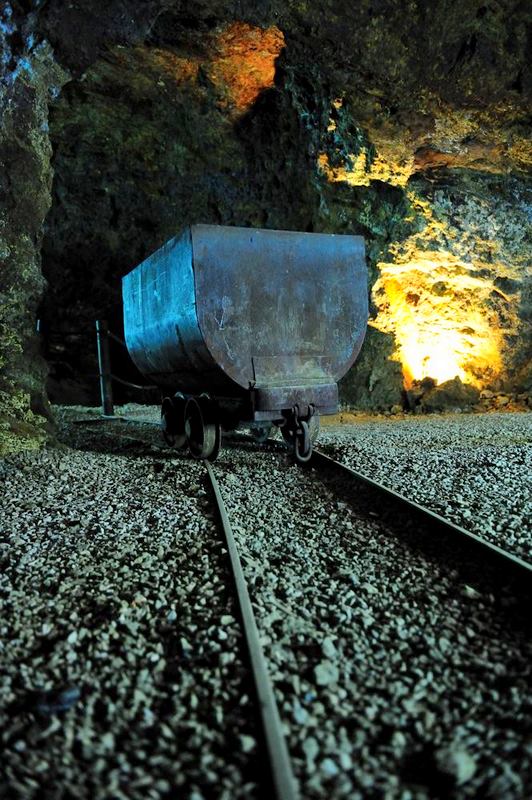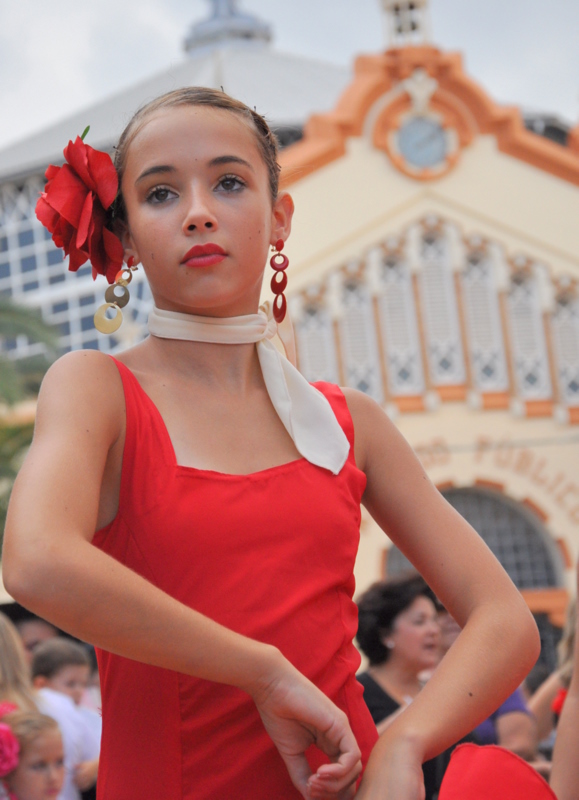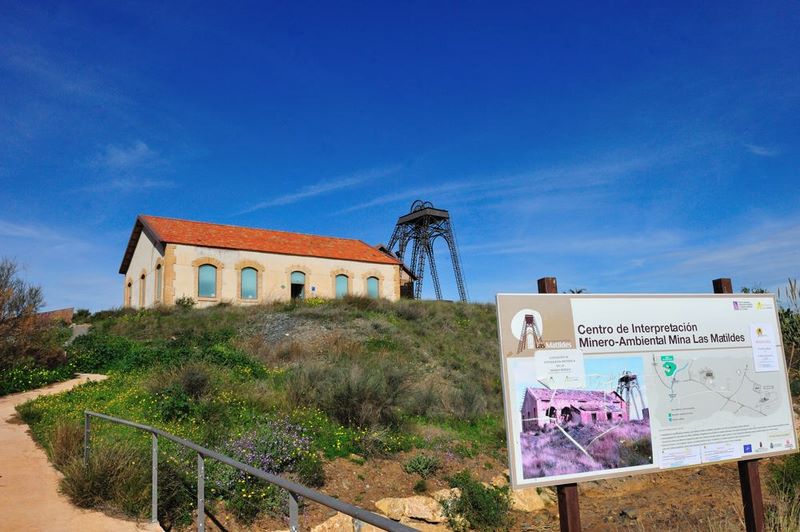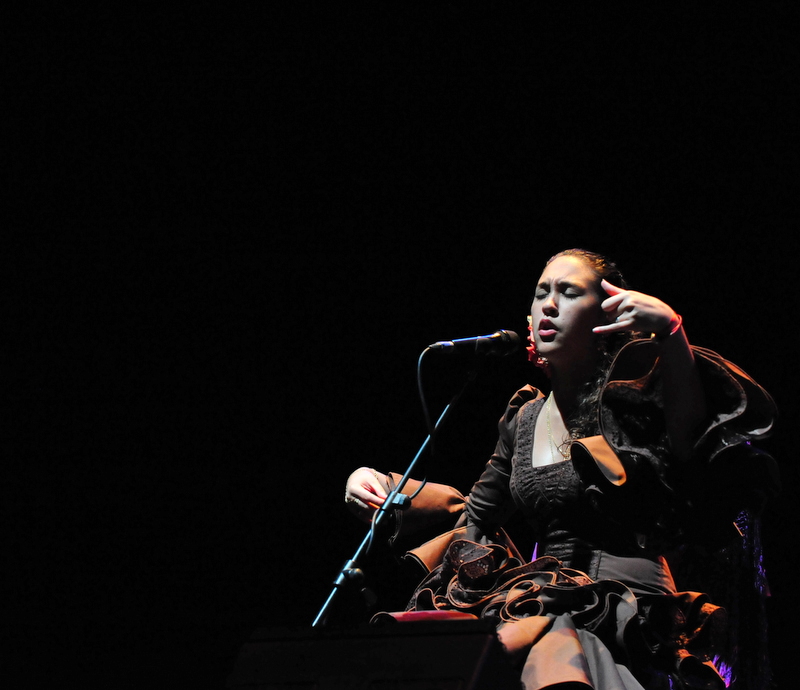

Guidelines for submitting articles to La Torre Golf Resort Today
Hello, and thank you for choosing La Torre Today.com to publicise your organisation’s info or event.
La Torre Golf Resort Today is a website set up by Murcia Today specifically for residents of the urbanisation in Southwest Murcia, providing news and information on what’s happening in the local area, which is the largest English-speaking expat area in the Region of Murcia.
When submitting text to be included on La Torre Golf Resort Today, please abide by the following guidelines so we can upload your article as swiftly as possible:
Send an email to editor@spaintodayonline.com or contact@murciatoday.com
Attach the information in a Word Document or Google Doc
Include all relevant points, including:
Who is the organisation running the event?
Where is it happening?
When?
How much does it cost?
Is it necessary to book beforehand, or can people just show up on the day?
…but try not to exceed 300 words
Also attach a photo to illustrate your article, no more than 100kb

An introduction to La Unión
La Unión, Basic background information about the La Unión municipality
La Unión is a municipality of around19,000 inhabitants enclosed by the municipality of Cartagena on all sides except the south, where it borders the Mediterranean and forms part of the Comarca del Mar Menor. The  most important aspect of the town is both historical and geographical: its mines.
most important aspect of the town is both historical and geographical: its mines.
For over 2000 years the mountains of the Sierra Minera, which stretches from Cartagena to Cabo de Palos were exploited for their reserves of over 200 minerals, including lead, silver, zinc and alumbre. Among the first to extract minerals were the Iberians and the Carthaginians, but it was during the period of Roman occupation from 209 BC to the end of the 5th century AD when the Roman Empire weakened and crumbled, and then again in the second half of the nineteenth and beginning of the twentieth centuries, that La Unión became a focal point for mining activity.
The population rose to over 35,000 at the turn of the century, creating several new villages as it grew, Alumbres, Roche and Portmán housing mineworkers who fed wealth from the mines into the pockets of the  mineowners, fuelling the expansion of neighbouring Cartagena.
mineowners, fuelling the expansion of neighbouring Cartagena.
Technological advances changed the face of mining when open cast mining replaced the traditional methods of extraction which had involved the sinking of an entry well (pozos) from which galleries would chase the minerals along mineral seams, creating a subterranean web of tunnels and galleries.
This new method gouged the landscape creating vast mountains of waste materials, millions of tons of which were dumped in Portman bay and in the area surrounding the town, defining the modern landscape of the municipality. In 1991 the mines finally closed when there were too few minerals remaining to make continued activity economically viable.
The history of the town is irrevocably linked with its mining past, the cessation of mining activity leaving a  shortage of sustainable employment and industrial activity.
shortage of sustainable employment and industrial activity.
During the construction boom years many younger residents of the town worked in the building developments of nearby La Manga and around the Mar Menor, also finding work in the bars and restaurants which serviced the tourism industry created by the purchase of summer residences.
However, as the property market imploded, the town invested heavily into regenerating its past, creating new employment in mining related tourism and summer tourism, Portmán Bay a popular area with holidaymakers and owners of second properties.
The town is now capitalising on the traditions brought by the Andalucian miners who came to work in the  mines, their cante, the songs of the mines, the music of flamenco, the songs of suffering and hardship endured by the thousands who lost their lives in the bowels of the earth.
mines, their cante, the songs of the mines, the music of flamenco, the songs of suffering and hardship endured by the thousands who lost their lives in the bowels of the earth.
Each August the old Mercado Público, el Catedral del Cante, plays host to the Festival Internacional del Cante de las Minas, declared of International tourism interest in 2007, and is now one of the most prestigious and important dates in the flamenco calendar, attracting top level international flamenco performers from across Spain.
A new flamenco school aims to develop the potential of the tradition of flamenco in the town and work is underway to build a sustainable all year round business based on flamenco.
You´ll find the colour and passion for flamenco throughout La Unión, from the fiestas to the music playing in 
In addition, the town has developed the Parque Minero, a mining park with the extensive Mina Agrupa Vicenta at its heart, and the town also has a Mining Museum, the Matildes Mine and a Flamenco museum, as well as the various options for those who wish to explore the mining landscape around the town.
On the outskirts of the town is Portmán Bay, an area in which the beaches have been recovered to make attractive bathing areas, although a large part of the bay is the subject of a regeneration project due to the millions of tons of waste which were dumped there by the Peñarroya mining company during the years of open cast mining.
For years successive governments have been attempting to regenerate the bay, one plan after another  thwarted by lack of financing, an ongoing project which still remains high on the list of priorities for the municipality.
thwarted by lack of financing, an ongoing project which still remains high on the list of priorities for the municipality.
The bay of Portmán was also important during the Roman occupation and holds several Roman remains, among them the Roman villa of Paturro, artifacts and mosaics from which can be seen in the little archaeological museum which is tucked away in the back streets of the village. There are also remains of mining activity on the hillsides surrounding the bay, which was used to ship minerals across the Roman Empire.
Having spent years fighting for Portman to be regenerated, the town now has a larger fight on its hands, fending off the plans of the Cartagena Port Authority to build a container port in the El Gorguel bay, right next to Portman Bay, something which is being bitterly contested by ecologists and locals who fear the works will destroy the regenerated beaches of Portman and prevent the development of a sustainable tourism industry.
Locals of Portman also have many more battles still to come with the owners of much of the land around their village, formerly the property of the Peñarroya Group, sold on to what is now the Portman Golf Company, who 
The landscape of La Unión is a fascinating place to explore, covered with over 2000 mining concessions, the remains of which pepper the landscape amongst the spoiled sterile soil, a haven for photographers of dramatic landscapes.
Modern La Unión is a town working hard to create sustainable employment for the future by embracing its past, whilst seeking to repair the damage caused by those who so shamelessly exploited its resources for the enrichment of its neighbouring municipalities: many of the emblematic modernistic houses of Cartagena were built with wealth generated through mining exploitations, and the money which initially developed La Manga also came from mining money and La Unión.
